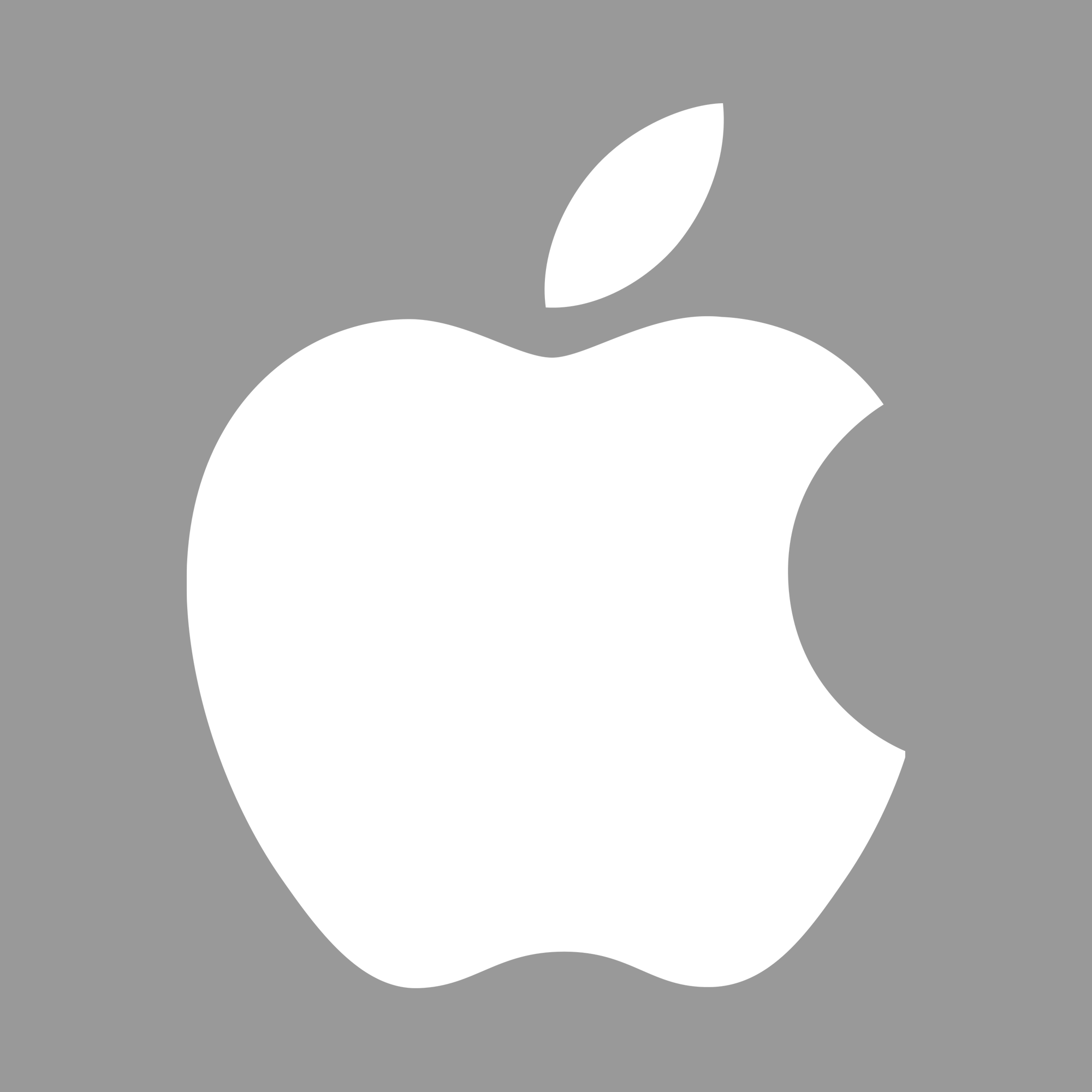Apple Puts $10.5 Billion Towards Manufacturing
Apple Inc., the company most well known for putting those sleek iPhones in our pockets, has just spent $10.5 billion on new manufacturing technology that will help to enhance not only those iPhones, but other Apple products as well.
 That $10.5 billion will be used on machines that do the grunt work behind the scenes, including technologies such as laser and milling machines that etch the MacBook’s aluminum body, gear to test camera lenses on the iPhone and iPad, and even assembly robots.
That $10.5 billion will be used on machines that do the grunt work behind the scenes, including technologies such as laser and milling machines that etch the MacBook’s aluminum body, gear to test camera lenses on the iPhone and iPad, and even assembly robots.
“Their designs are so unique that you have to have a very unique manufacturing process to make it,” said Muthuraman Ramasamy, an analyst with consulting firm Frost & Sullivan, who has studied the use of the machinery. “Apple has so much cash that they can invest in cutting-edge, world-class machinery that is typically used for aerospace and defense.”
The work for Apple’s manufacturing begins with the industrial design team. The team, led by Jony Ive, Senior Vice President, comes up with ideas and then collaborates with the hardware-engineering group to find ways to produce those ideas.
Engineers at Apple are known to spend weeks overseas in Asian facilities to oversee manufacturing and to make sure that their equipment and products are made correctly and work like they are supposed to.
But this focus on the details is nothing new for Apple. The company’s attention for manufacturing was also seen back in 2010 during the manufacturing of the iPhone 4. But at the time Apple's investment wasn't so much measurable by dollars as it was in the product.
Apple needed a machine to test gyroscope technology that added motion-detection capabilities for games on smartphones, but a machine like this did not exist. So the engineers at Apple created their own.
The device that was created had a granite base and cubes that would spin multiple iPhones around 30 degrees per second to test the motion-detection capabilities to see if they were working properly. Eventually Apple made enough of these contraptions to place at the end of assembly lines in China to test the iPhones.
Still, as Horace Dediu, a former Nokia Oyj researcher who has studied Apple's capital expenditures notes, “Apple deploys capital as a competitive advantage.” So with the recent investment, we can expect to see even changes not just on the factory floor, but likely in stores as well.










